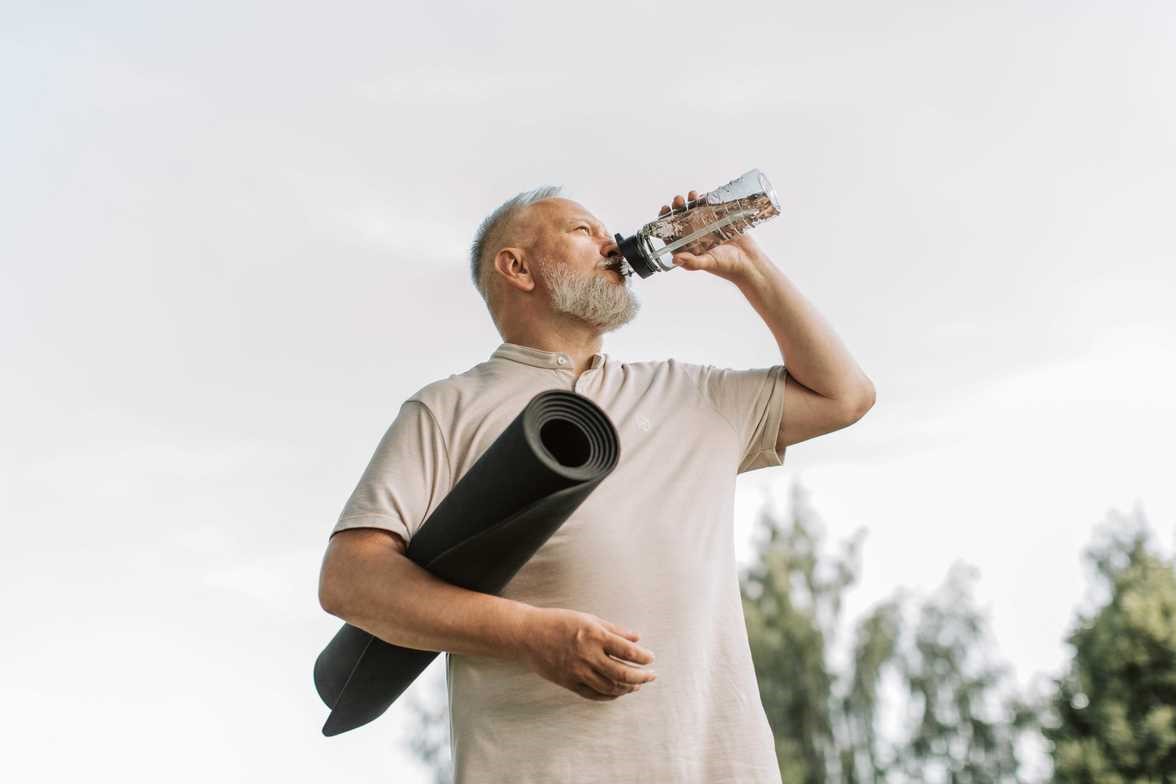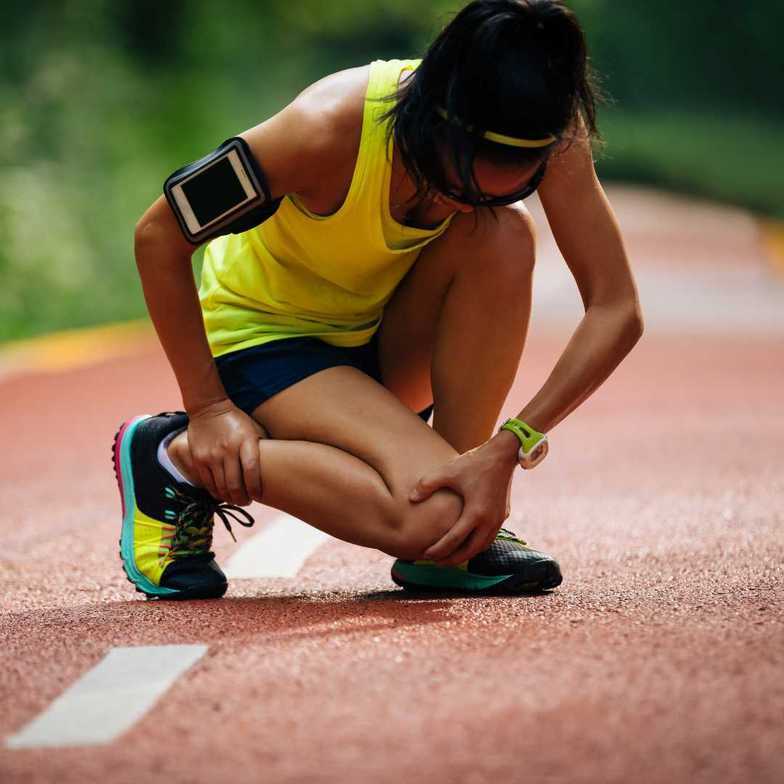The things you do after your training sessions can be just as important as the workout itself. Your recovery protocol helps to prevent injuries and muscle soreness after a tough session so that you can continue to exercise optimally.
If you’re not sure exactly what you should be doing in the post-workout period, we’ve got some top tips for you to follow. These tips will help you recover faster from exercise.
Rehydrating your body after a sweaty session is essential to keep yourself healthy. As a general rule of thumb, you should aim to drink at least two liters of water a day but you’ll need more if you are exercising regularly.
Drinking lots of water after your session will prevent dehydration and promote faster recovery in your skeletal muscle fibers.
Complex carbohydrates are necessary after your workouts to replenish lost energy stores (glycogen) in your muscles and liver. Great sources of healthy carbohydrates include brown rice, whole-wheat pasta, buckwheat, oats, and sweet potato.
At the same, your body also needs plenty of protein in the post-workout period to help your body repair any damaged muscle tissue. Protein is especially important if you have been resistance training and you’re trying to gain new muscle mass and strength.
Ideal protein sources include protein shakes, poultry, tofu, lentils, beans, and chickpeas.
On your days off, you might want to sit on the couch all day and relax. While rest is necessary for full recovery after an exercise session, you should also do some light movement, such as gently walking, yoga, or stretching.
This is known as active recovery and it’s helpful to encourage blood flow around the body. The increase in blood flow can promote faster muscle recovery and reduced soreness.
Be careful not to overdo it on your days off. Stick to a gentle, low-impact movement that isn’t too strenuous on your muscles, tendons, and joints.
When you’ve done a tough workout, your muscles are usually left feeling tight and your joints can feel stiff. Although there is limited research on foam rolling for enhancing the speed of recovery, it’s a great way to reduce muscle soreness and tension.
Foam rolling can also boost flexibility and mobility and is a great way to feel more relaxed while you’re recovering. You can incorporate foam rolling as part of your cool down or use it on your active recovery days.
We are passionate about keeping our community healthy and active. If you sense that something is keeping you from enjoying your workouts, do not hesitate to contact our office and get an appointment as soon as you can. We want to help you get free from pain so you can get back to enjoying the things you love.



